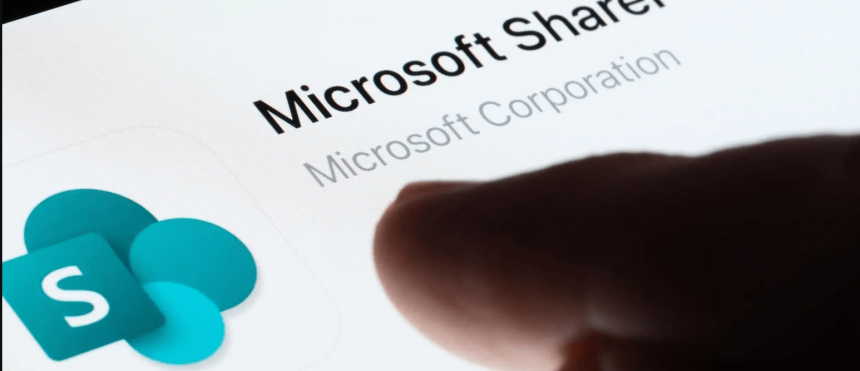A critical security vulnerability in Microsoft’s SharePoint Server is being actively exploited in the wild, triggering warnings from U.S. federal cybersecurity authorities and raising alarms across the global tech sector.
The bug, tracked as CVE-2025-53770, affects self-hosted versions of SharePoint used by thousands of businesses and institutions to store and manage internal data.
The vulnerability enables hackers to extract private digital keys from exposed servers without authentication, granting them full access to files, the ability to deploy malware, and potential entry into connected systems, including Outlook, OneDrive, and Microsoft Teams.
Eye Security, a European cybersecurity firm, disclosed the flaw last weekend, identifying “dozens” of compromised servers already being exploited. According to sources familiar with the matter, targets include multiple U.S. federal agencies, universities, and companies in the energy sector.
The U.S. Cybersecurity and Infrastructure Security Agency (CISA) confirmed the exploit is ongoing and urged organizations to immediately disconnect affected SharePoint servers from public networks, rotate digital keys, and monitor for suspicious activity.
“This is a zero-day exploit, meaning attackers had the advantage before Microsoft had the opportunity to patch,” said a senior analyst with Palo Alto Networks. “If your on-premise SharePoint instance is online, you should assume you’ve been compromised.”
The vulnerability reportedly impacts versions dating as far back as SharePoint Server 2016. Microsoft has acknowledged the issue and is currently working on patches, but not all affected versions have been covered yet. In the meantime, organizations are urged to isolate vulnerable systems and prepare for key rotations.
Beyond the immediate threat, the breach has reignited debates about the risks of self-hosted enterprise software. This latest exploit adds to a troubling pattern of recent security lapses involving Microsoft infrastructure. In 2021, the China-linked Hafnium group exploited Microsoft Exchange servers, compromising more than 60,000 systems worldwide. Two years later, Microsoft’s cloud infrastructure was breached, exposing consumer and enterprise email accounts.
Experts warn that the SharePoint exploit could have long-term implications due to its access to authentication tokens. Once stolen, these tokens can be reused by attackers even after a system is patched unless cryptographic keys are also updated.
Why It Matters
The vulnerability has particular relevance to regions like Africa, where many enterprises and government institutions rely on legacy or locally hosted versions of Microsoft software due to bandwidth, compliance, or cost reasons. In such contexts, response strategies are often delayed, leaving systems exposed for longer.
As organizations worldwide scramble to assess and secure their systems, the SharePoint crisis underscores a deeper concern: the fragility of modern digital infrastructure and the growing sophistication of state-backed and criminal cyber actors.
With patches still pending and attackers actively probing networks, the next few days may prove decisive. For now, digital vigilance has never been more critical.
Talking Point
This isn’t just a Microsoft problem; it’s a global infrastructure crisis. This latest SharePoint breach highlights a deep vulnerability in the digital backbone of modern institutions.
From universities to energy companies, the exploit shows that critical systems often considered secure due to being “on-premise” are, in fact, dangerously exposed.
If global players with strong cyber frameworks can be breached, what about underfunded institutions across Africa?
Africa’s over-reliance on foreign tech is a ticking time bomb. Let’s be blunt: too many African governments and enterprises are blindly dependent on the U.S.-built digital infrastructure, with no in-house capacity to manage zero-day events like this.
Microsoft doesn’t prioritize patches for older SharePoint versions still widely used in Africa. That leaves us vulnerable, technologically colonized and digitally naked.
Legacy systems are not just outdated; they’re dangerous. Why are so many African firms still using SharePoint 2016 in 2025? Simple: cost, bandwidth, and lack of local support for upgrades. But in cybersecurity, “old” is often synonymous with “breachable.” Legacy infrastructure is now a national security risk, not just a tech inconvenience.





